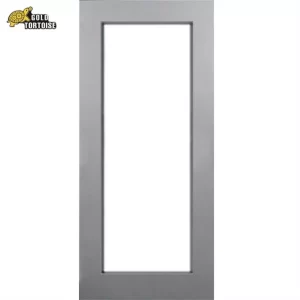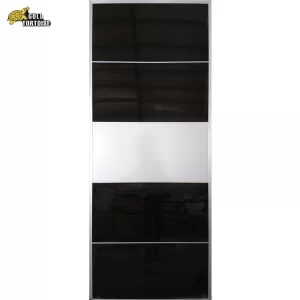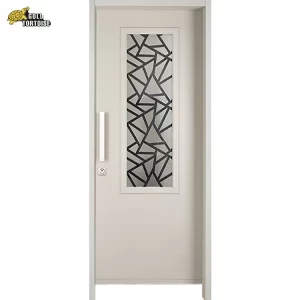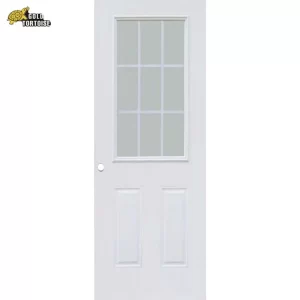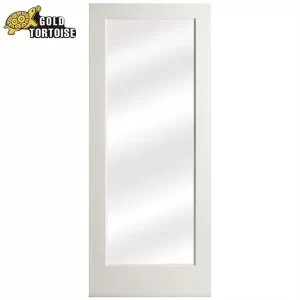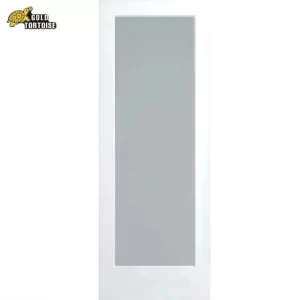The cost of fiberglass doors compared to wood doors can vary based on factors such as the quality, style, and features of the doors. In general, fiberglass doors tend to have a higher upfront cost than standard wood doors, but they may be more cost-effective over the long term due to their durability and lower maintenance requirements.
Here are some factors to consider:
Upfront Cost: High-quality fiberglass doors can be more expensive upfront than standard wood doors. Fiberglass doors often come with features such as insulation, weather resistance, and durability that contribute to their higher initial price.
Maintenance Costs: Fiberglass doors typically require less maintenance than wood doors. They do not need regular painting or staining, and the finishes are designed to resist fading and peeling. Over time, the reduced maintenance needs of fiberglass doors can result in cost savings compared to wood doors that may require more upkeep.
Long-Term Value: Fiberglass doors are known for their durability, resistance to warping, and ability to withstand various weather conditions. While the upfront cost may be higher, the long-term value and potential savings on maintenance and replacement costs can make fiberglass doors a cost-effective choice.
Customization and Features: Both fiberglass and wood doors offer customization options, but the cost can vary based on the specific features and design choices. Some high-end or custom fiberglass doors with intricate designs may be more expensive than basic wood doors.
Ultimately, the choice between fiberglass and wood doors often depends on personal preferences, budget considerations, and the specific requirements of the application. It’s recommended to explore various options, compare prices, and consider the long-term value when making a decision. Keep in mind that the initial cost is just one aspect of the overall value of a door.

